BeetleCam
It all started with a quest – a quest to get closer than ever before…
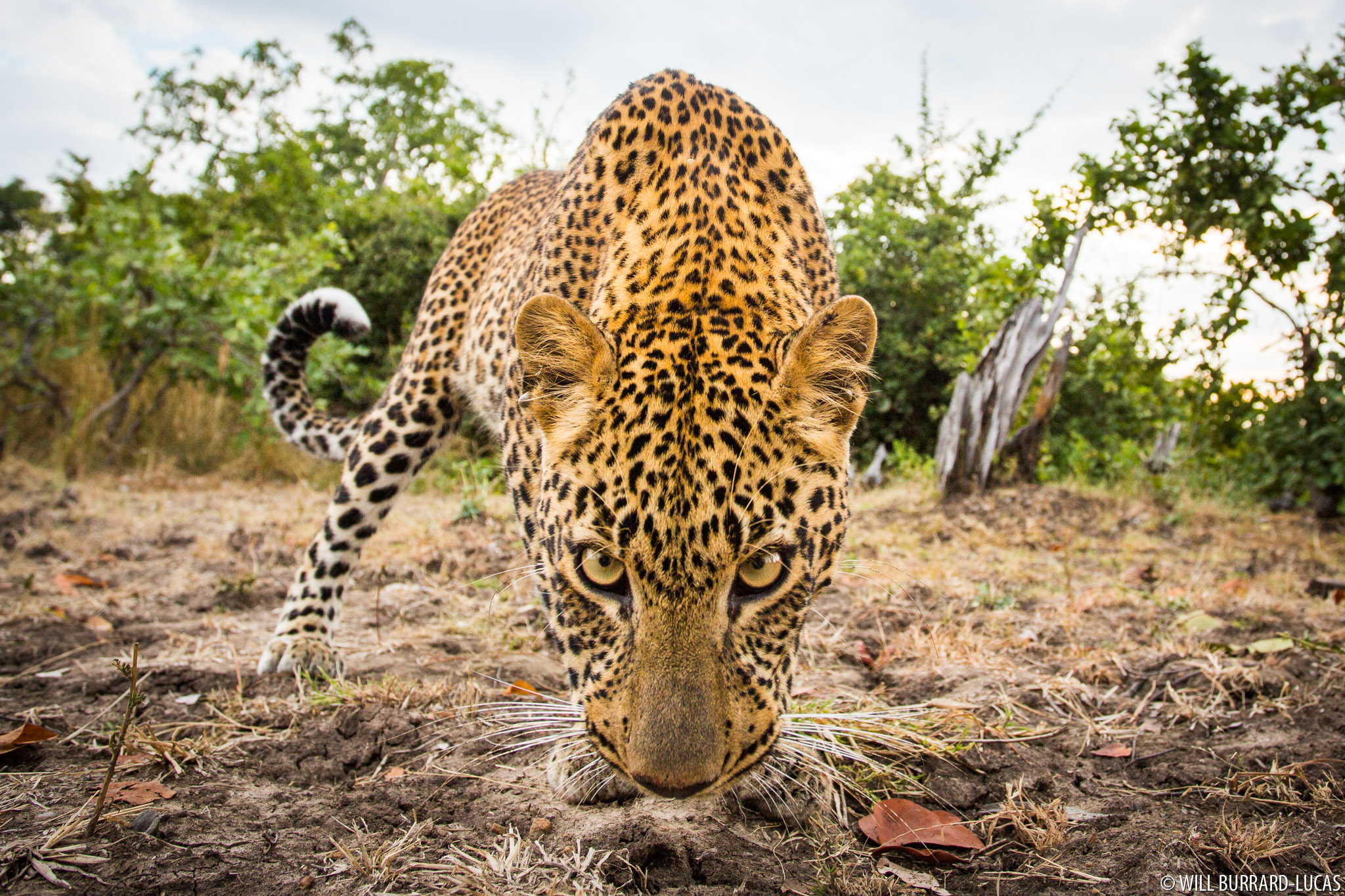
In the early days, I found that by exchanging my telephoto lens for a wide-angle and crawling close to animals, I was able to capture portraits that were much more intimate and engaging. I searched far and wide for suitable wild subjects to crawl up to – from meerkats in Botswana to penguins in the Falklands.
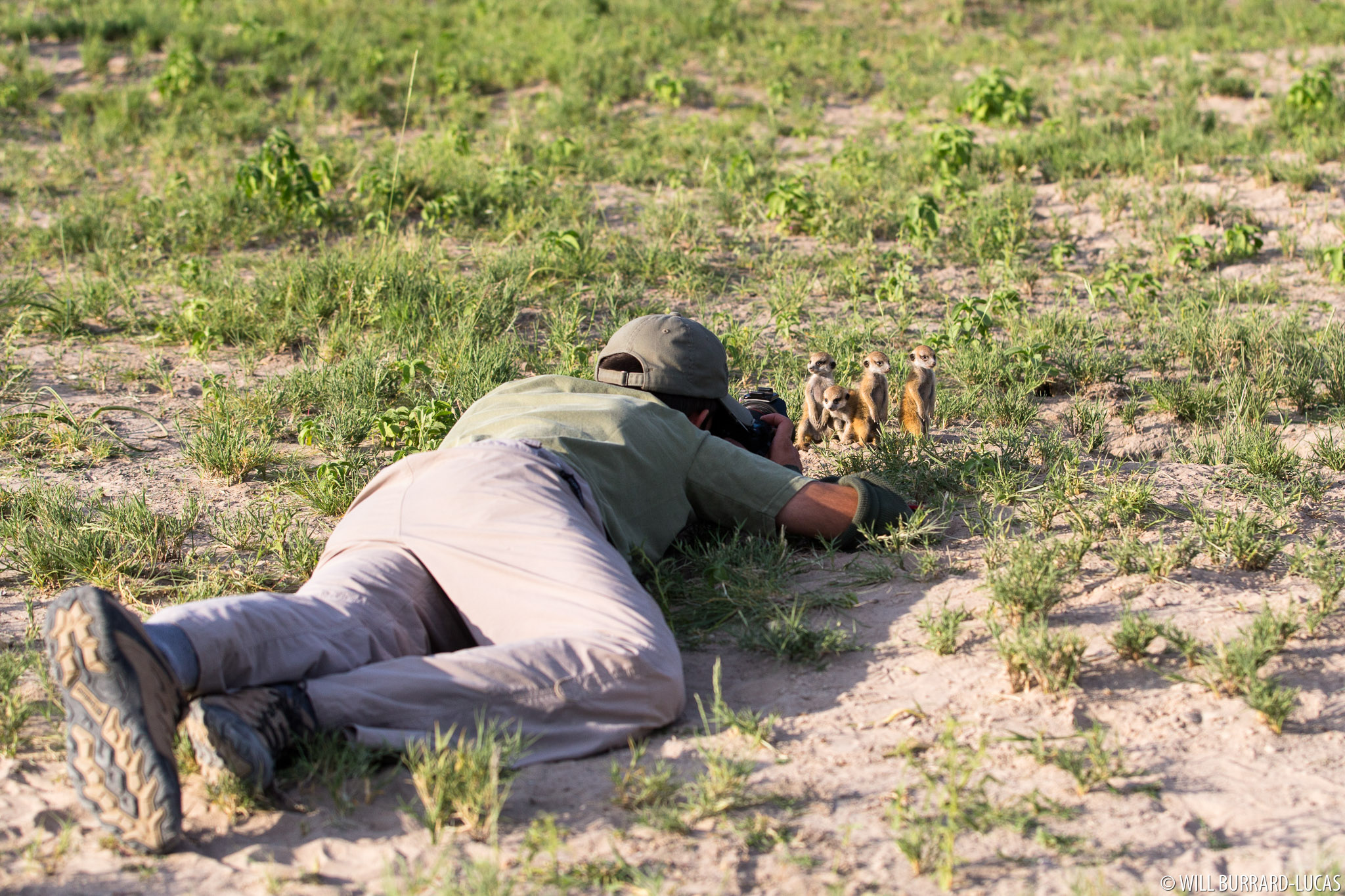
However, I really dreamed of capturing this perspective of iconic African wildlife – the sort of animals that I could not approach safely.
To solve this problem, in 2009, I created BeetleCam, a 4-wheel-drive remote control buggy capable of carrying a high-quality DSLR camera.
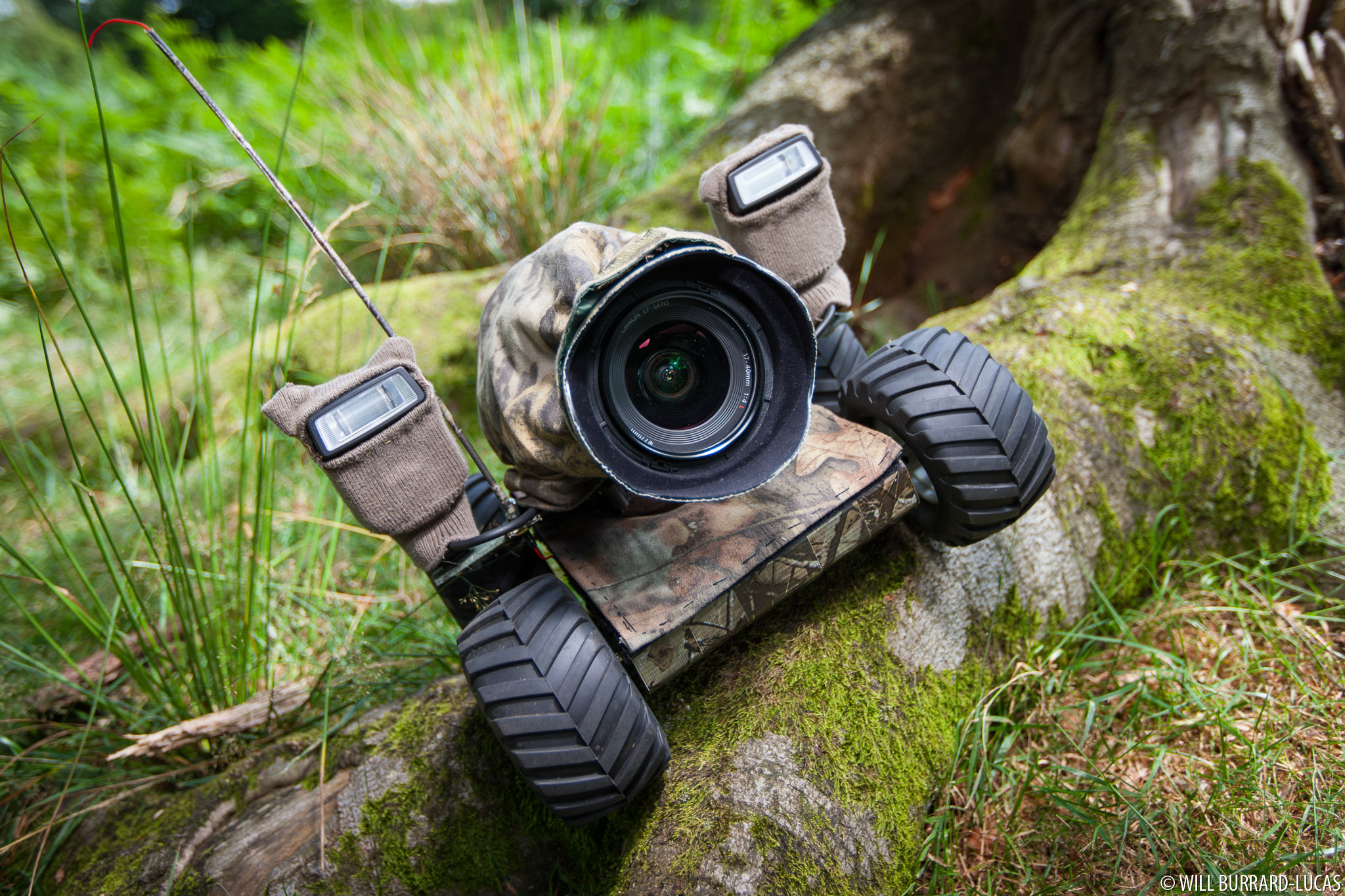
The first BeetleCam in 2009
BeetleCam’s first encounter with a lion resulted in the destruction of my camera, but the memory card and the images survived. My blog post from the time can be found here: The Adventures of BeetleCam
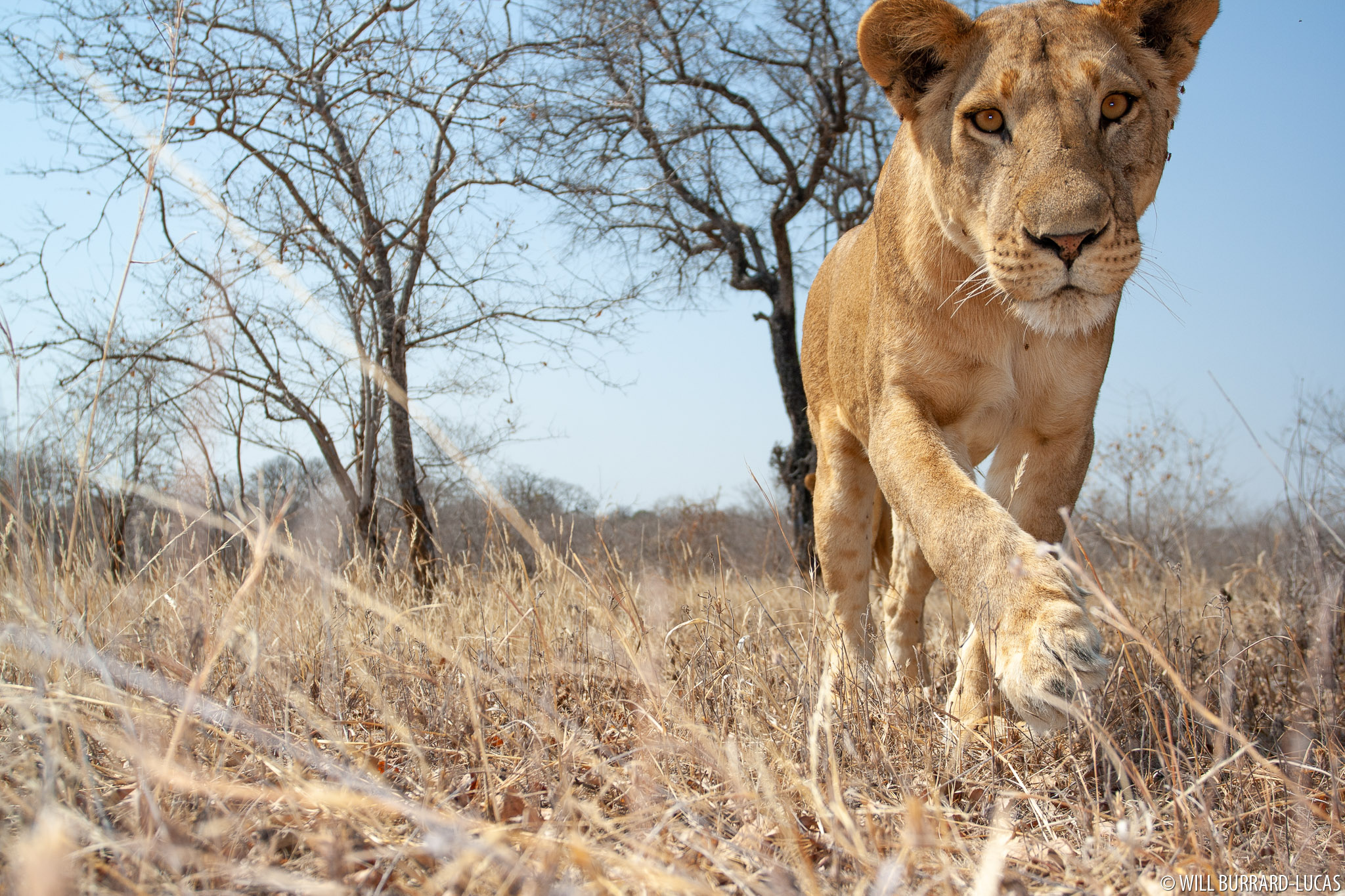
In 2011 I added a strong shell to BeetleCam and returned to Africa. I was able to spend two weeks photographing lions and the camera survived. See: BeetleCam vs the Lions of the Masai Mara.
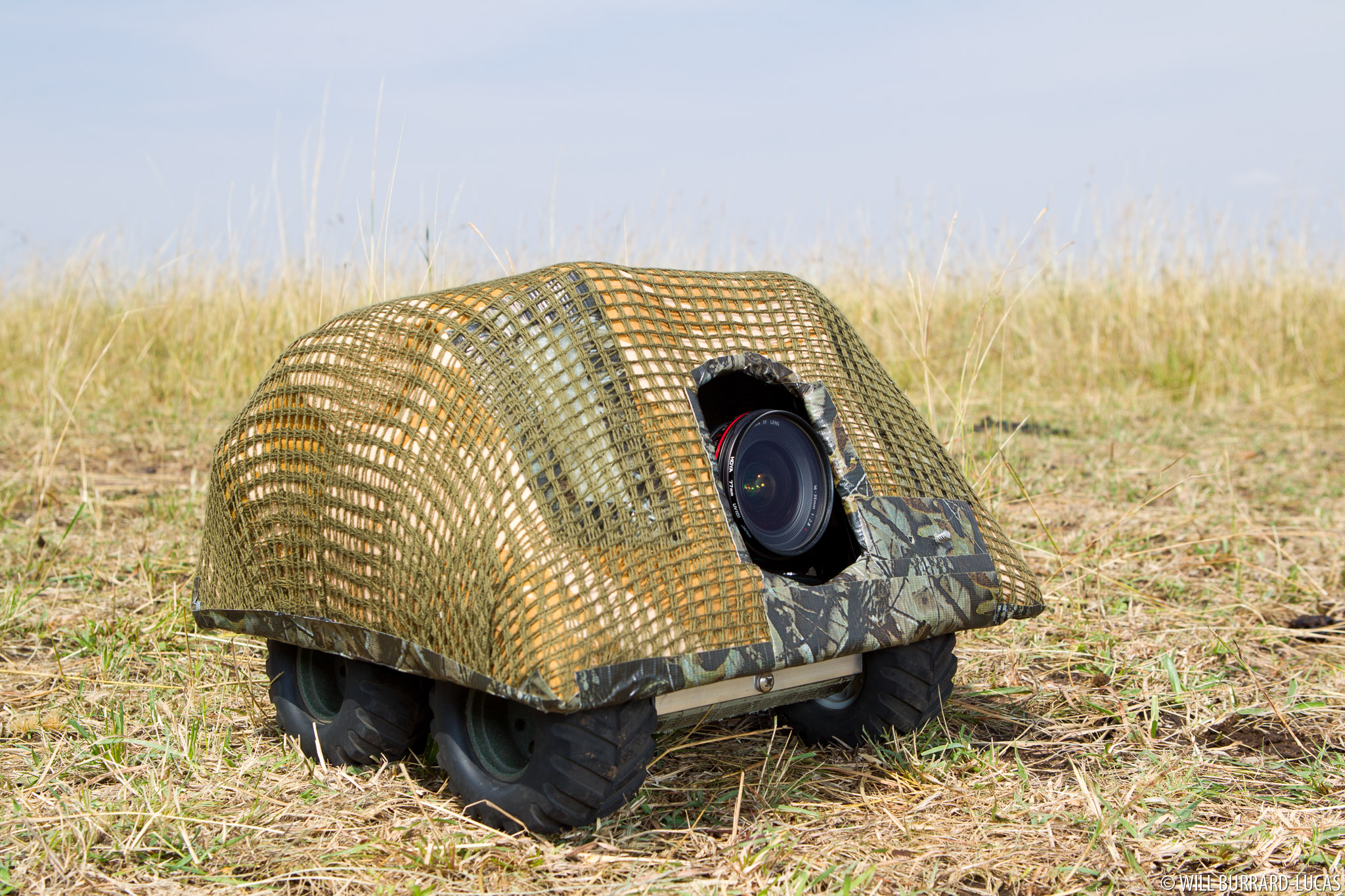
BeetleCam with its new shell in 2011
In 2012 I took a new version of BeetleCam to Zambia for a year, with the aim of capturing close-up images of more elusive wildlife such as leopards and African wild dogs. Read more here: Year in Zambia.
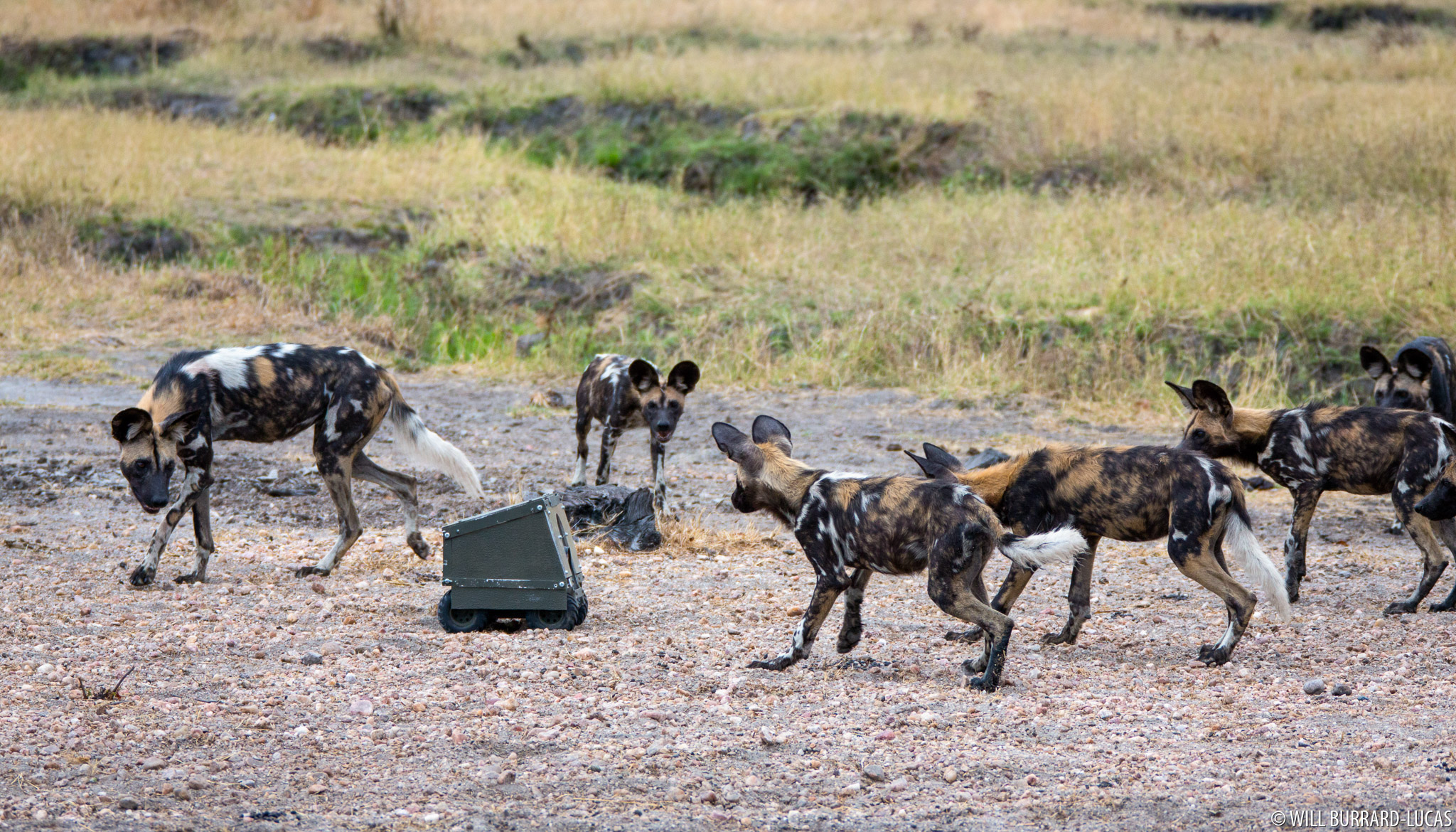
On returning from Zambia, I produced a version of BeetleCam with a professional-looking shell and made it available to others via my new company, Camtraptions Ltd.
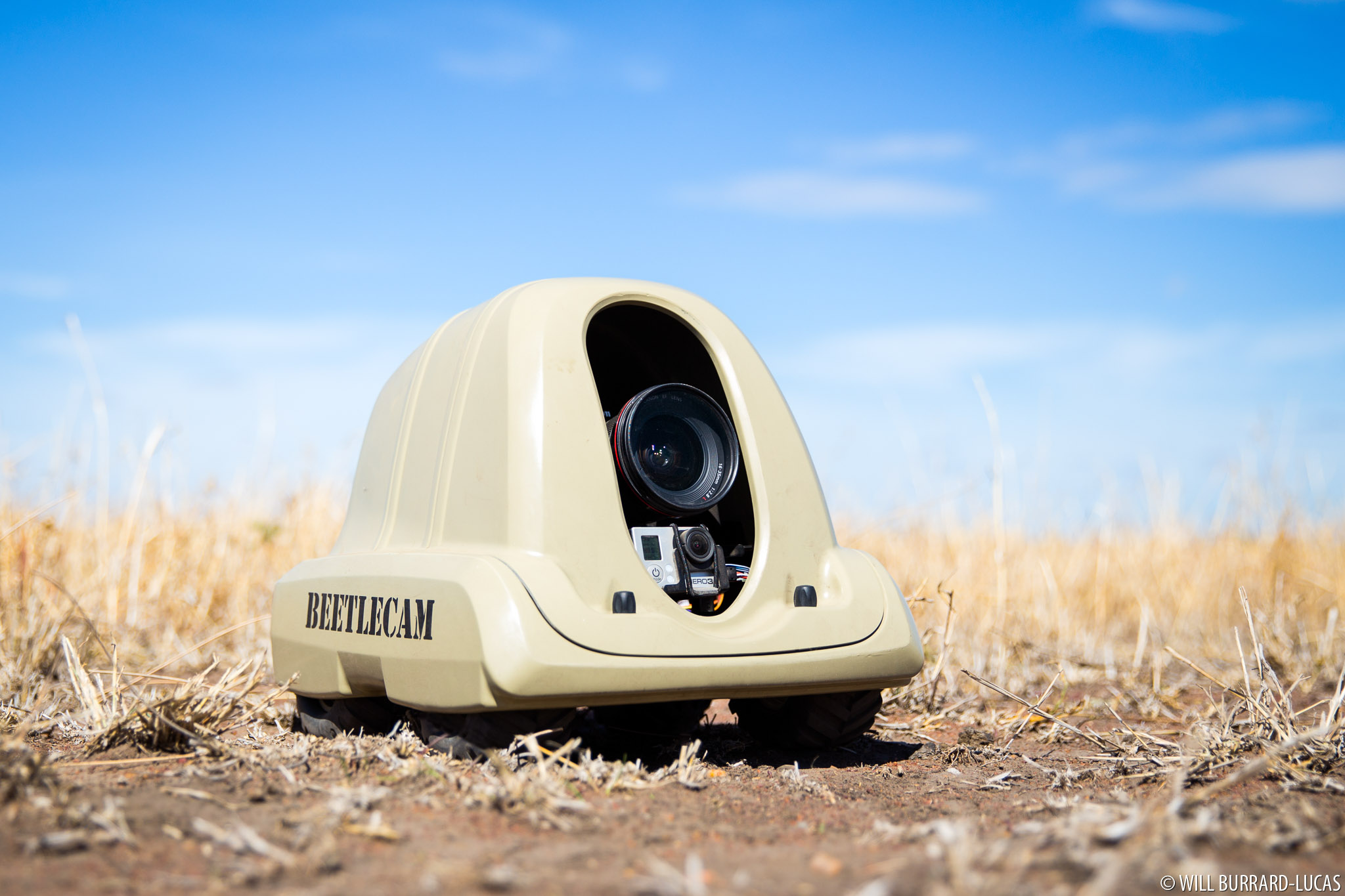
BeetleCam in the Serengeti, 2013
Since then, I have continued to use BeetleCam to capture a ground level perspective in my work, including my projects to photograph hyaenas and lions under the night sky in Zambia, Elephants for my Land of Giants book and Rhinos in Kenya.
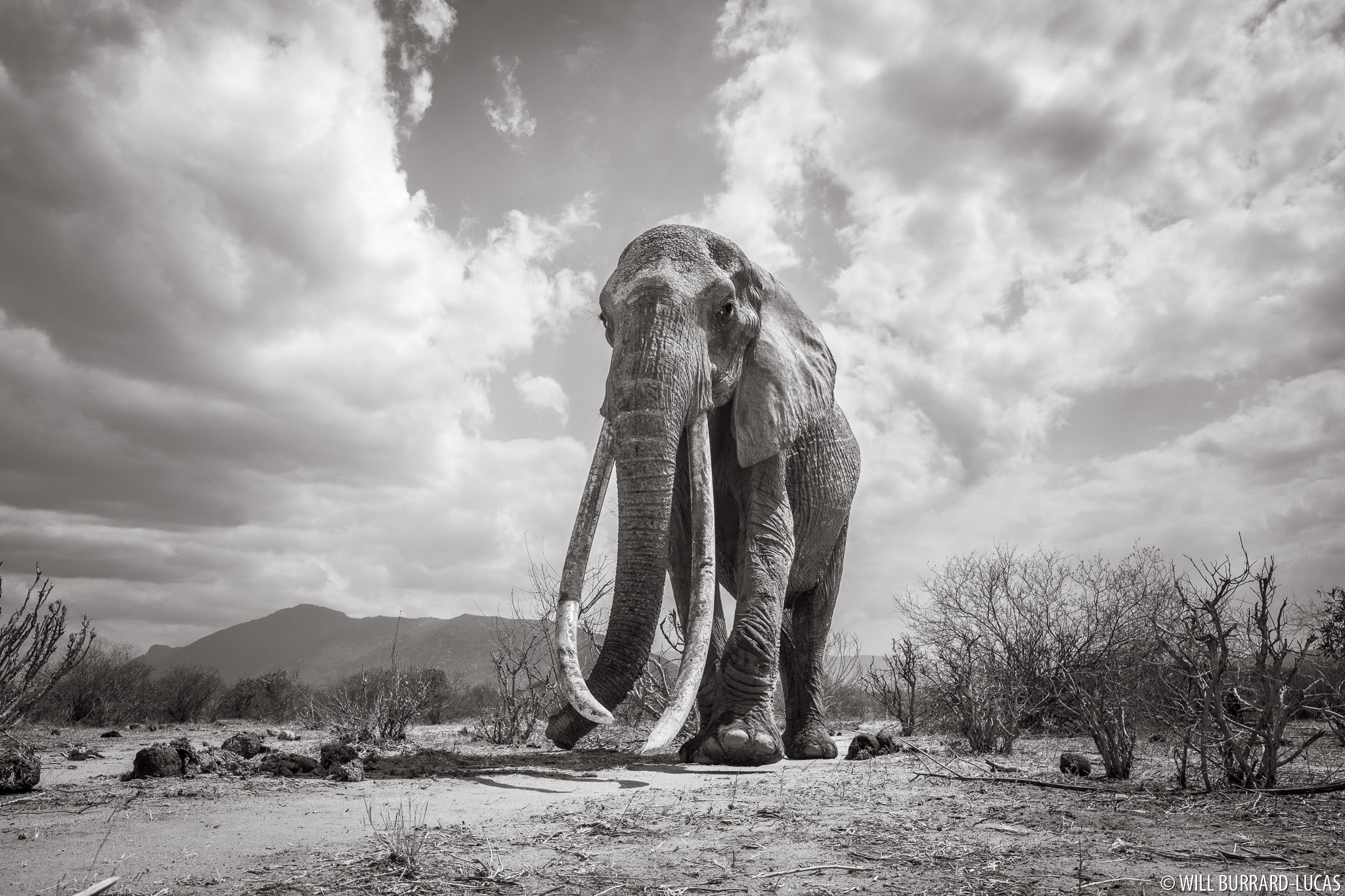
In 2019, to celebrate the 10th anniversary of the first BeetleCam expedition, I put together this short video:
In 2020 I developed a new version of BeetleCam, specifically designed for mirrorless cameras. Here’s a sneak peek:
Browse a collection of my favourite BeetleCam images here:
